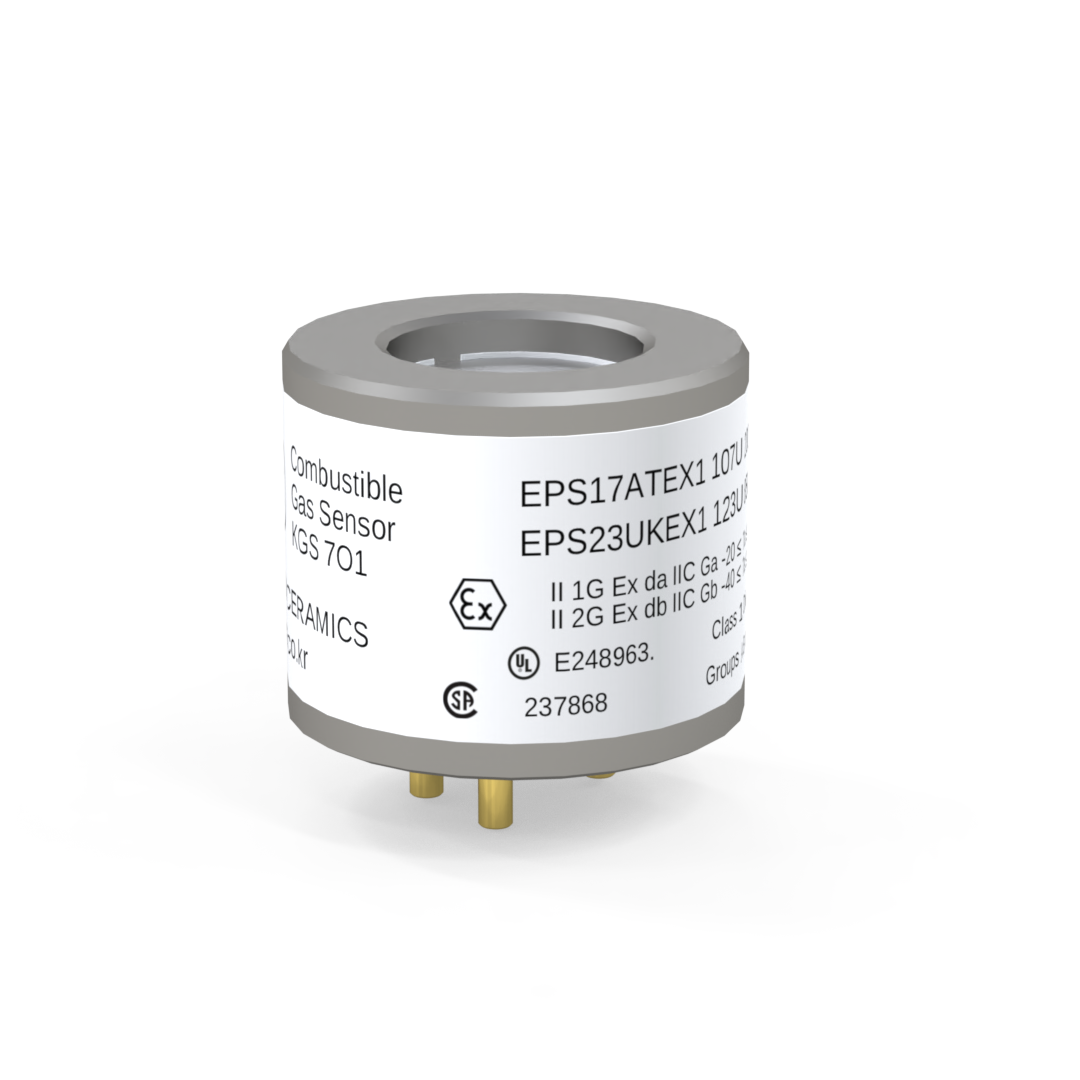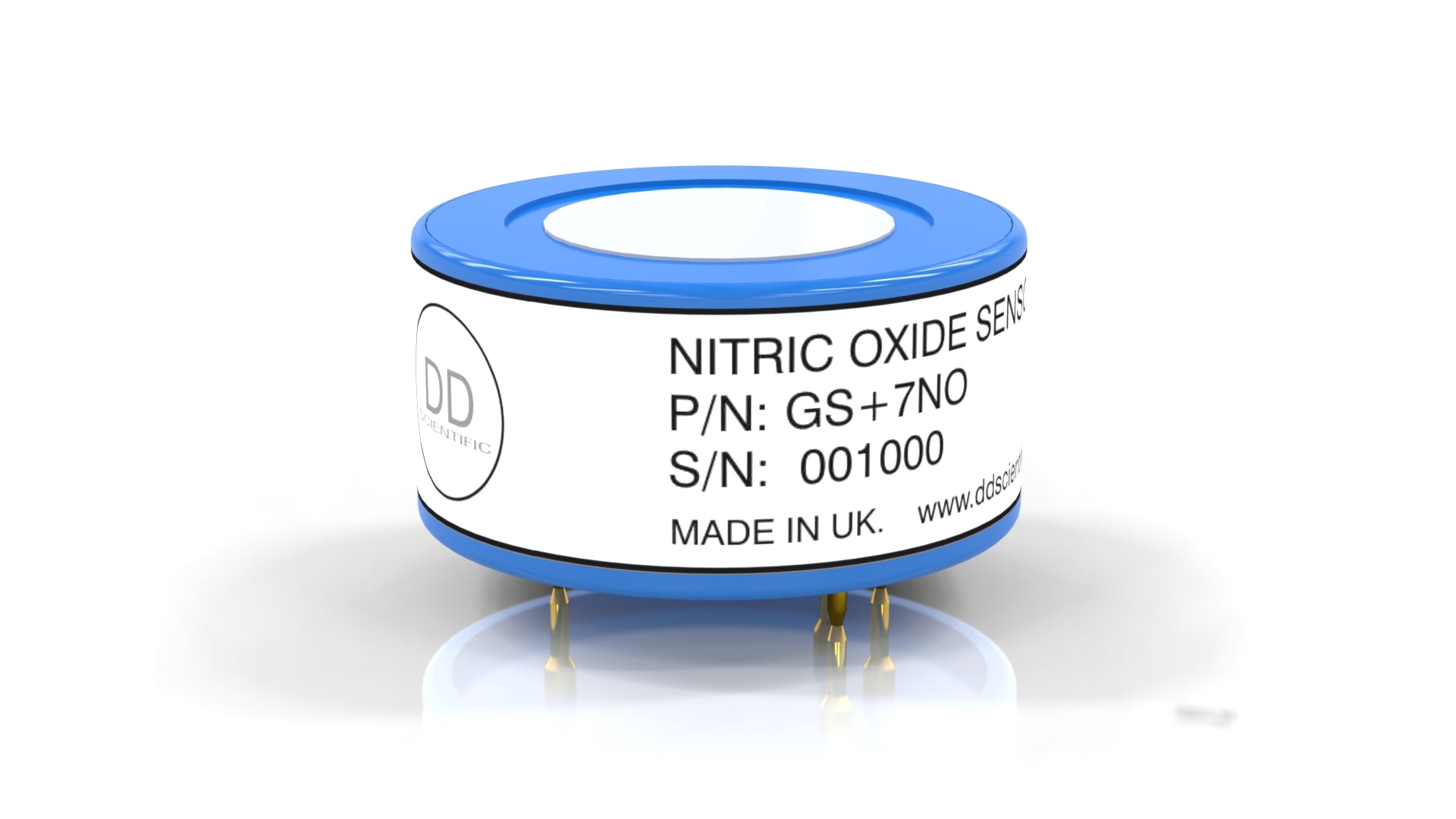Key applications for gas detection and monitoring in the Car Parking sector include;
Car parks often contain elevated levels of Carbon Monoxide (CO) due to vehicle exhaust emissions. CO is a colorless, odorless gas that can pose serious health risks, including headaches, dizziness, and even death at high concentrations. Gas monitoring systems detect CO levels, triggering alarms when concentrations exceed safety thresholds, allowing for prompt evacuation and ventilation to prevent carbon monoxide poisoning.
Volatile Organic Compounds (VOCs) released from vehicle exhaust, fuel spills, and other sources can accumulate in enclosed parking structures, contributing to indoor air pollution. Monitoring VOC levels helps identify potential sources of pollution and implement mitigation strategies such as improved ventilation, use of low-VOC materials, and regular maintenance to minimise emissions and ensure occupant comfort and safety.
Monitoring Oxygen (O2) levels is essential for ensuring adequate ventilation and preventing the buildup of hazardous gases such as CO. Low O2 levels in enclosed spaces can indicate inadequate ventilation, posing health risks and increasing the likelihood of CO accumulation. Gas monitoring systems measure O2 concentrations, providing early warning of ventilation deficiencies and prompting corrective action to maintain safe conditions for occupants.
Gas monitoring systems also play a crucial role in fire and explosion prevention by detecting flammable gases such as Methane (CH4) and Propane (C3H8), which may be present due to vehicle fuel leaks or other sources. Early detection of flammable gases allows operators to take prompt action to address potential hazards and prevent accidents.
Under UL 2075 for car parking applications, gases such as CO, Nitrogen Dioxide (NO2), and VOCs are commonly monitored. These gases pose significant health and safety risks in enclosed parking facilities, and UL 2075 ensures gas detection systems meet safety standards for early detection.

Car Parking Sensors Application Support
We work with a broad range of customers in the Car Parking Sensors sector and will be glad to discuss your specific needs, be it integration of DDS sensors or outlining the benefits our sensors can bring to your instruments.
To talk to one of our application specialists get in touch today.










